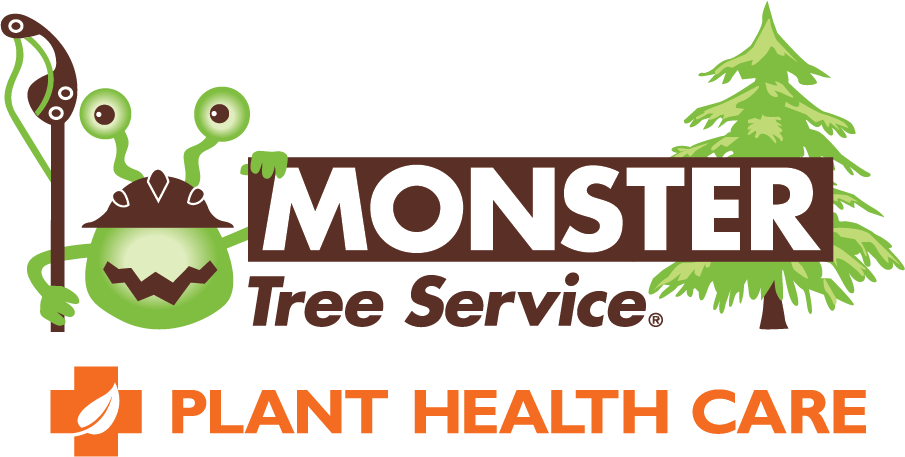
Fungus Among Us—Wood Decay Fungi and What to Look for On Your Tree
Fungi are remarkable and diverse organisms that significantly impact our ecosystem. Many have beneficial roles, such as mycorrhizal fungi that form symbiotic relationships with trees, aiding in nutrient uptake. However, the world of fungi also harbors not-so-favorable species in regard to tree health. Wood decay fungi can pose risks to tree health and safety. Understanding this dichotomy is crucial for safeguarding your trees. Beneficial fungi enhance a tree's resilience, while wood decay fungi can threaten its structural integrity and longevity.
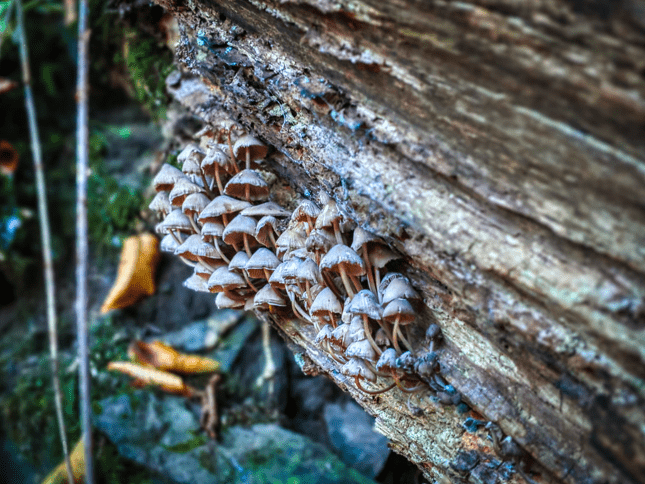
Fungi are natural decomposers in both forest and urban settings. They are crucial in breaking down dead and decaying organic matter, including fallen trees, leaves, branches, and other plant material. The decomposition process is vital for recycling nutrients back into the ecosystem and maintaining the health of the environment.
Fungi often spread through spores which are small and light enough to drift through the air. When they land on a tree, they find small openings or weak spots. Trees that are sick or stressed are more susceptible to fungi. Once they find a good spot, they start to grow and spread by eating away at the layers of bark and wood. They release special chemicals that change the structure of the wood and cause it to weaken.
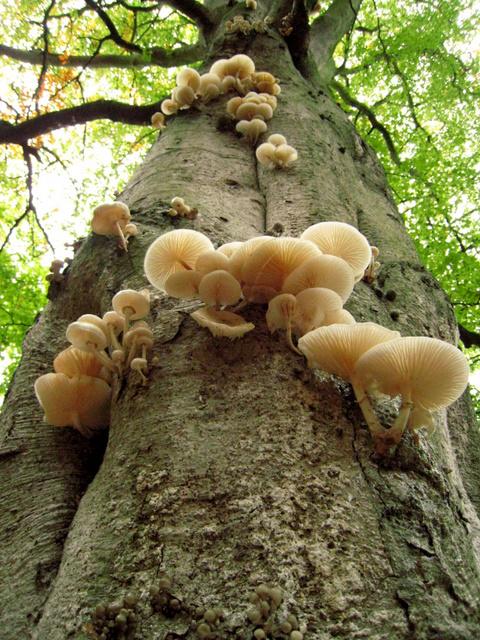
Fruiting fungal bodies growing on the trunk of a beech tree.
It is important to regularly inspect your trees for any signs of fungi or decay.Early detection and intervention can help preserve the tree's health and prevent potential hazards. If you're unsure about the presence of harmful fungi, it's advisable to consult with a certified arborist or tree care professional. The most common places to spot harmful decay fungi on trees are the following:
- Base of the Tree: Mechanical damage from mowers, string trimmers, or people can leave openings for fungi to enter the tree. Fungi at this level may appear as mushrooms or brackets. This can weaken the tree's foundation and make it unstable.
- Trunk and Main Branches: Look for signs of fungi on the trunk and main branches of the tree. Fungi like Ganoderma and conk fungi may appear on the tree's surface. They can compromise the structural integrity of the tree.
- Decaying Wood: Fungi like Phellinus and other decay fungi are commonly found in areas of the tree with old decaying or rotting wood. This can be from old wounds that have not compartmentalized properly, failed snapped limbs, or dead branches.
- Attachment Points: Fungi like Chicken of the woods often appear at the attachment/union points of branches. This can indicate decay within the heartwood.
- Root Zone and Canopy Dripline: If the soil around the tree's base or within the drip line has sunk or become depressed, it may indicate decayed or rotted roots beneath the surface.
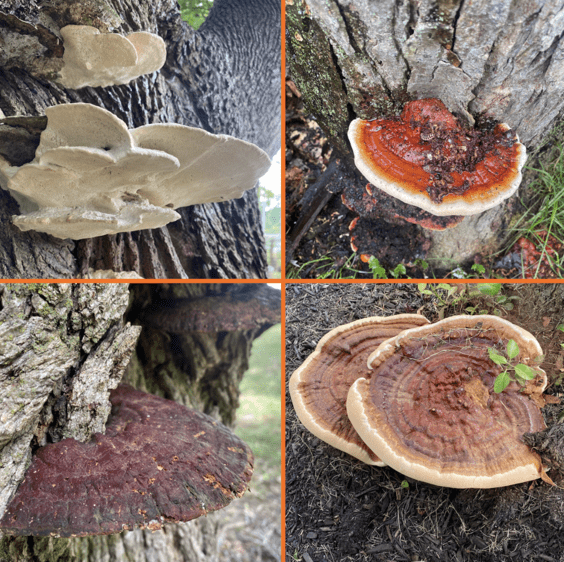
Conks on trees, often referred to as fungal conks or bracket fungi, are fruiting bodies produced by various wood-decay fungi. These conks can have a shelf-like or bracket-like appearance and are typically found growing on the trunk or branches of trees.
In the Rochester, NY area, some of the most commonly encountered fungi on trees include the following:
- Dryad's Saddle, known for its striking saddle-shaped appearance, often finds its home on elm, maple, and box elder trees.
- Ganoderma Sessile, with its woody texture, frequently targets maple, honey locust, and oak trees.
- Armillaria, also called oak root fungus, is a concern for maple and oak trees, affecting their root systems.
- Phellinus, is known to invade black locust trees, posing structural risks.
- Chicken of the woods, with its vibrant hues, can be found on oak and cherry trees, often at branch attachments.
Properly identifying and managing these fungi is crucial in preserving the health of your tree and maintaining a safe environment.
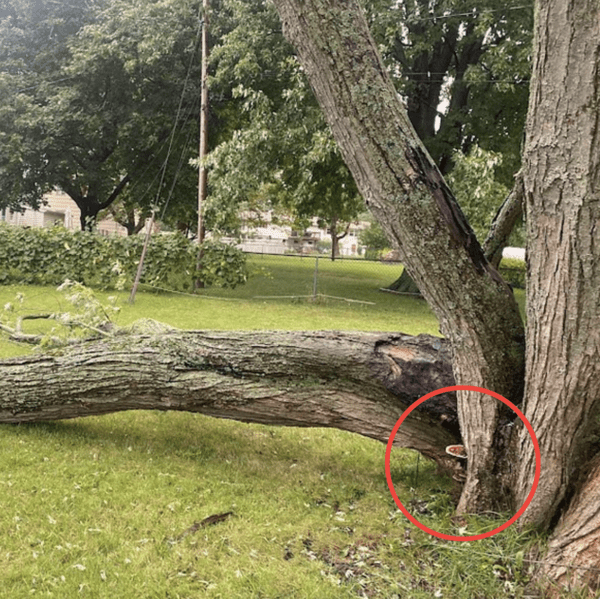
Fruiting bodies can be a warning sign to future structural failure. This silver maple had a large portion of the tree fail due to decay caused by fungi at the base of the lead.
As professional arborists, we understand that recognizing specific fungal species is not something our customers typically do. However, being aware of their presence on trees is a significant step that can help us act quickly in the fight against harmful fungi. Not all fungi are harmful to trees, and some have beneficial roles in their ecosystem, while others can serve as indicators of internal instability, health issues, and environmental stressors. We are here to assist you in identifying tree fungi, recommending appropriate actions, and closely monitoring their impact to your trees. Together, we can safeguard your trees and maintain the well-being of your outdoor spaces for years to come. Your trees' health is our priority!
Find out more:
Schedule a consultation with a Monster Arborist
Decay in Living and Dead Trees: A Pictorial View
Wood Decay in Living Trees Identification Help
The Morton Arboretum: Trunk Wounds and Decay
Monster Fun
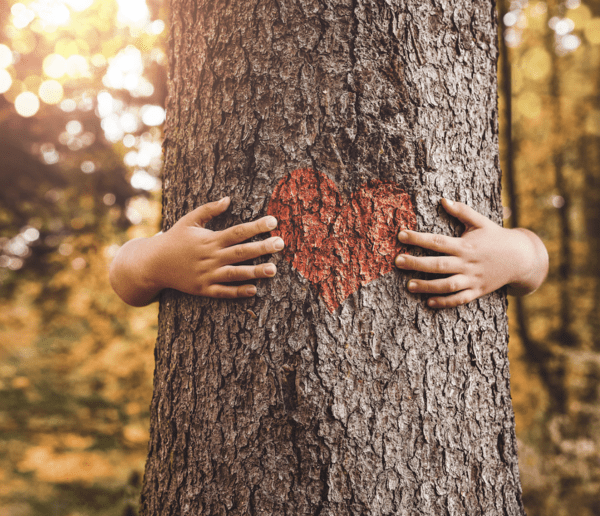
What about trees are you most thankful for?
Clean air and oxygen production.
Providing shade and cooling in hot weather.
Aesthetic beauty and natural landscapes.
Fruits, nuts, and maple syrup.
Emotional well-being and stress reduction.
Monster in the Neighborhood
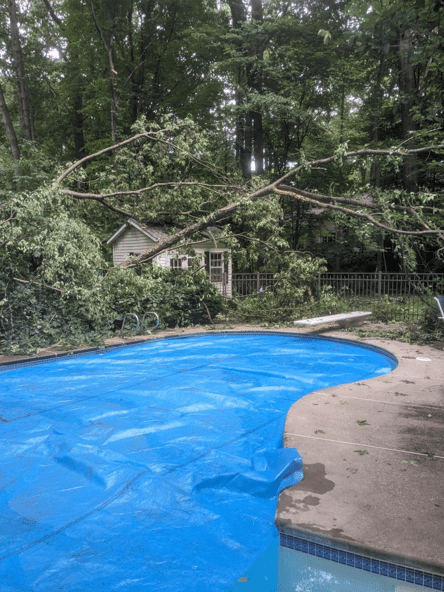
Above: This oak tree failed which caused damage to several smaller trees and structures.
Monitoring decay in trees can be challenging because internal decay may not show visible signs. Wood-eating decay typically affects the internal structure of a tree's trunk and branches while the canopy may remain relatively healthy. Hidden decay played a major role in the failure of several oak trees at one of our client’s properties in Pittsford. Our team was called in to clean up the failed and damaged trees that had to be carefully removed from the homeowners shed, fence, and pool. Thankfully nobody was hurt when the trees failed.
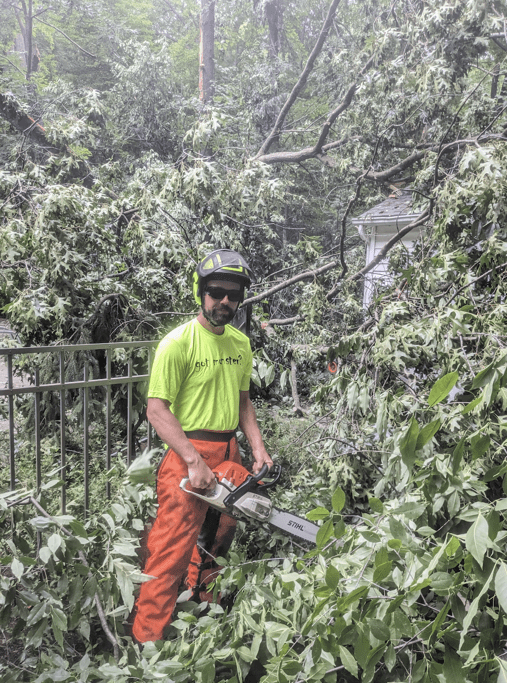
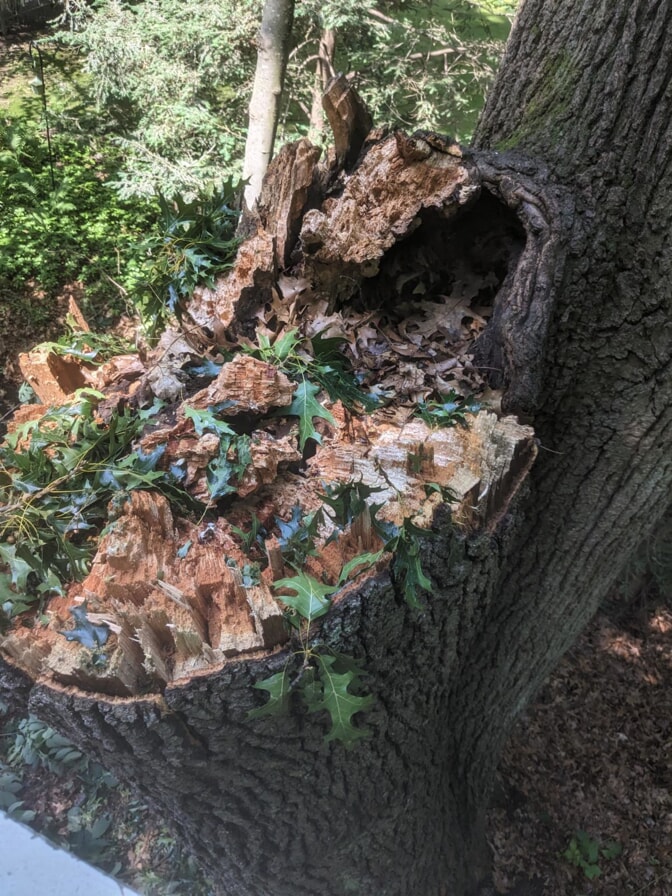
Above: One of our crew leaders, Kyle, gets ready to cut through fallen debris as part of the storm job clean-up.
The lower picture shows some of the decay found inside the failed oak tree.
Tree Highlight
Black Locust
(Robinia pseudoacacia)
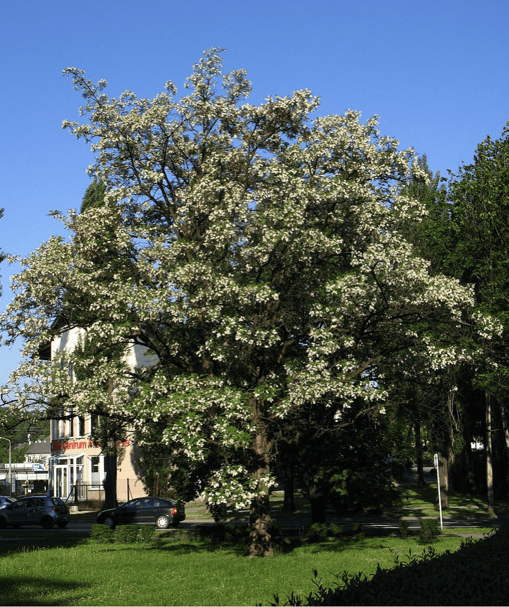
Also called: False acacia, Yellow locust
Lifespan: A relatively short lifespan (in terms tree time) of around 90 years.
ID features: Height- typically grows 60-90 feet tall and 20-30 wide.
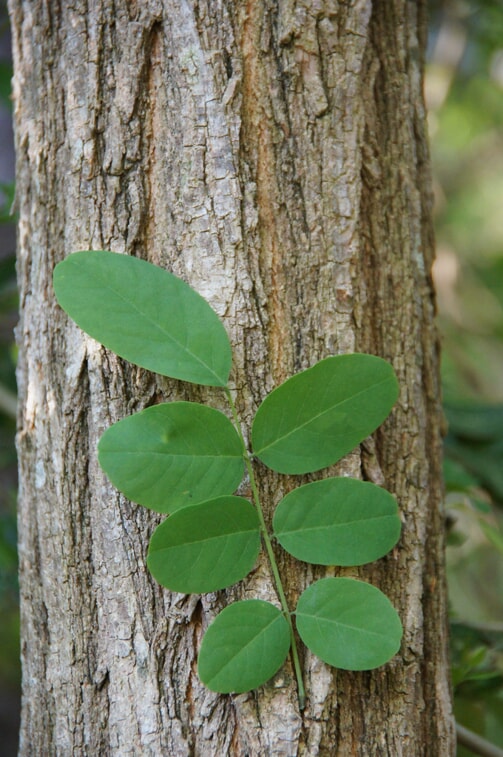
Leaves - They are pinnately compound, meaning they are composed of multiple leaflets arranged in a feather-like pattern along a central stem. Typically have 3-9 pairs of leaflets with one terminal leaflet on a leaf.
Bark - bark of a black locust tree changes from smooth and gray in its early years to rough and deeply furrowed in maturity, with variations in color and texture depending on the tree's age and environmental conditions.
Fruit/seed - The bean pod is brown or reddish-brown in color and somewhat elongated. It is usually around 2 to 4 inches long. They house bean shaped seeds.
Flowers - They are white or creamy-white in color and grow in clusters, forming long, pendulous racemes. Each raceme can be 4 to 8 inches long and contains numerous individual flowers.
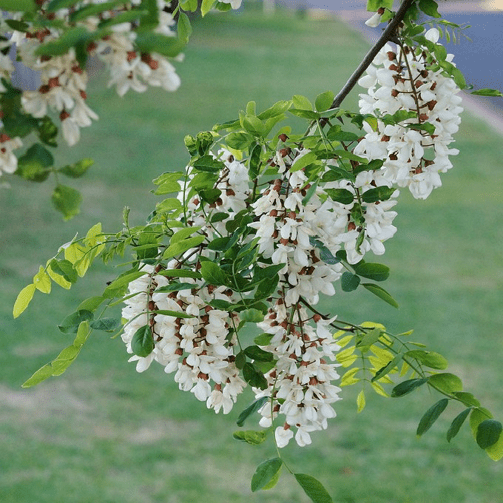
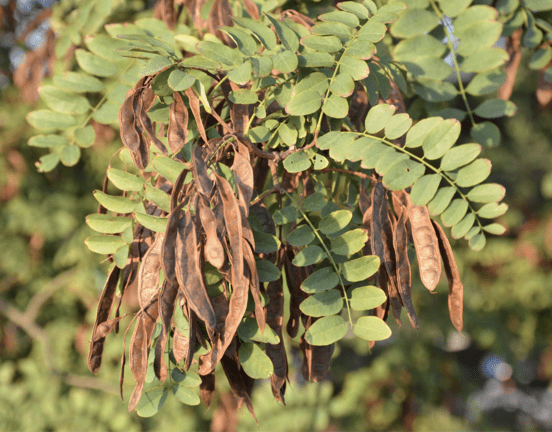
Fun facts:
- While the seeds are toxic to humans and most animals, some birds and mammals have adapted to feed on black locust seeds and foliage, developing a degree of resistance to the toxins.
- The heartwood (inner wood) is highly resistant to rot and decay, making it valuable for various outdoor applications, including fence posts and furniture.
- Thorns on black locust trees serve as a natural defense against herbivores and potential threats to the tree. They can deter animals from browsing on the tree's foliage and branches.
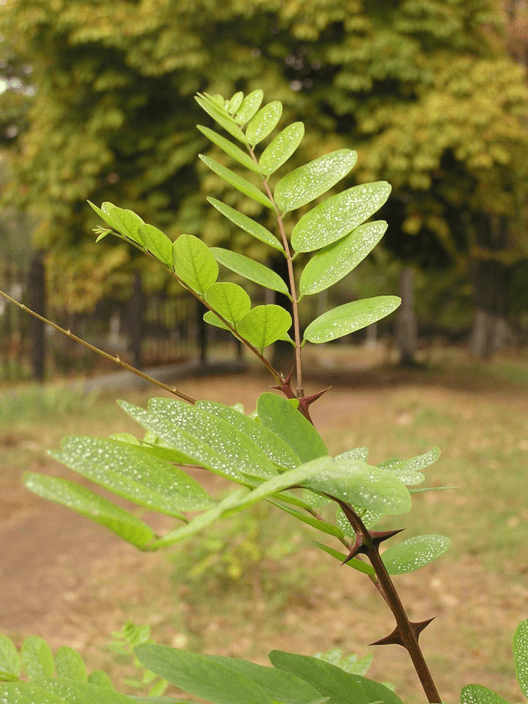
Ask the Arborist
Sarah
NYSDEC 3A Technician

Q: I spotted fungus, now what?
A: Not all fungi are detrimental. Some can co-exist on trees for many years. It is important to be able to correctly ID fungi, as well as the tree species, to determine what the best course of action will be. I recommend reaching out to a professional arborist to do so. An easy step homeowners can take in helping arborists monitor the spread/growth of fungi is by photographing conks and fruiting bodies. These photos can be compared to one another over time.
Q: Does a tree with a fungal body need to be removed?
A: No, not all trees with fungal issues need to be removed. It is important to determine what the level of risk is and the probability of failure. This depends on many things, including where the fungi are located on a tree, what structures exist around it [house, garage, etc.], and if the area is frequented by pedestrians.
